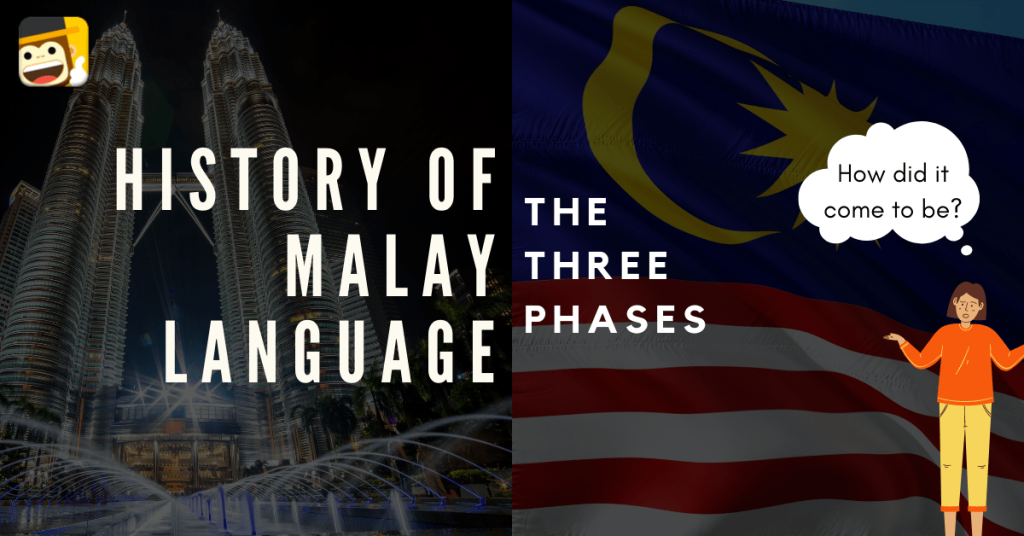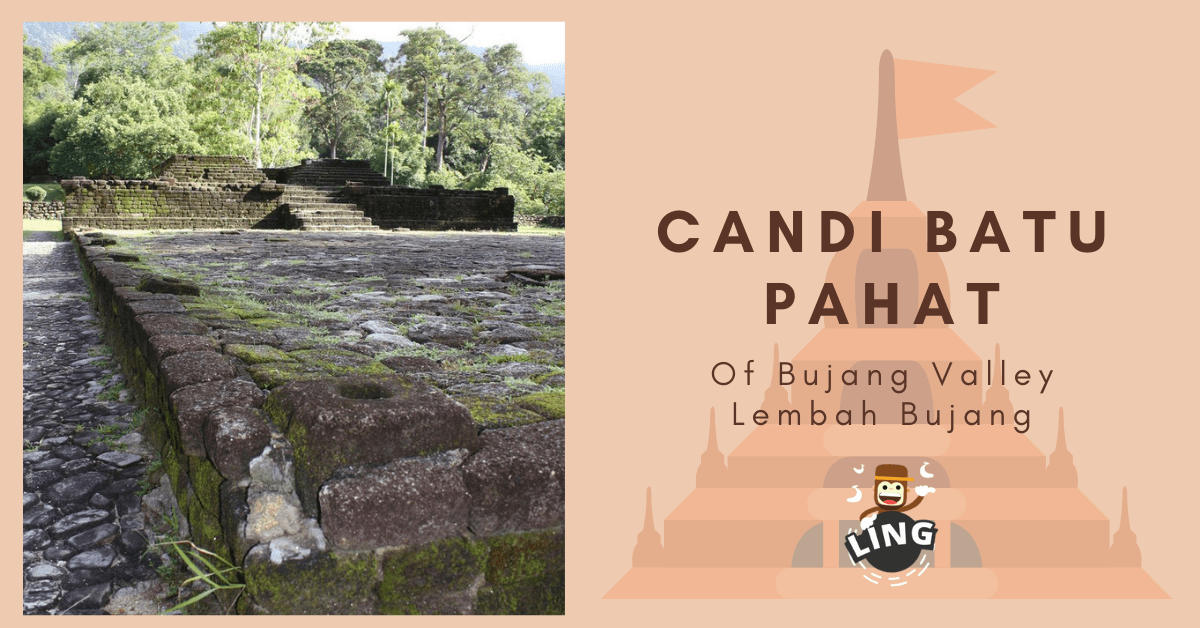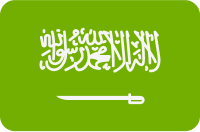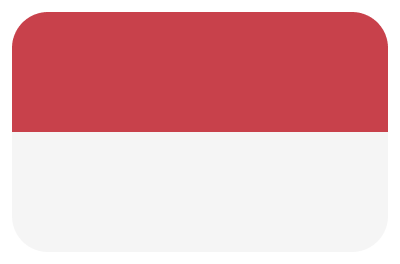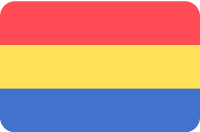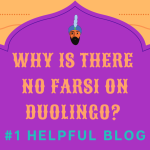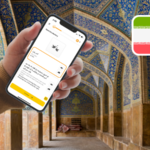Welcome back to another post on the Malay language and Malaysia. Today we will be discussing the history of Malay language. To understand something, it is crucial to know its past and present. We have learned so many things about today’s Malay language. Let’s dive deeper by learning the history of the Malay Language.
Bahasa Melayu
Presently, the Malay language is an Austronesian language. It is widely spoken by people in Malaysia (as their national language), Indonesia, Brunei, Singapore, and small parts of Thailand; it can sum up to 290 million people who speak this language.
Just like other languages, the original language sounds nothing like what we speak today, just like how English speakers cannot understand Old English.
The 3 Periods: History Of Malay Language
To simplify it, the history of the English language can be divided into three periods: Old Malay, Classical Malay, and Modern Malay. Throughout these periods, the Malay Language was heavily influenced by other languages, due to colonization and migration.
Old Malay
Based on history, around the year 2500 to 1500 BC, the Ancient Malays, also known as “Proto-Malays,” undergo a wave of migration to the Archipelago of Malaysia. These ancestors of the Malays and Indonesians eventually moved deeper on the land, and a new wave of migration happened around the land. The new migratory family was called “Deutero-Malays” and settled all around present-day Malaysia and Indonesia. As a result, the language used by the Austronesian people was slowly developed into what they classify as the Old Malay.
Old Malay was heavily influenced by Indian cultures and religion, including the Sanskrit language. The Indian influence was due to the Srivijaya regime that ruled the Malacca Sultanate between 1402 and 1511 BC. And because people spoke it in West Malaysia, Riau Archipelago, and Sumatera- basically among travelers and traders who pass through Malacca- the language was labeled as the lingua franca (adopted common language) of the time. Pallava, an ancient Tamil script from South India, was accepted as the Malay writing system, and later on, the people also accepted Kawi, an ancient Javanese script, as their writing system.
Lembah Bujang, or Bujang Valley, in Kedah, Malaysia, is the richest archeological area in Malaysia. It also has the oldest man-made structure to be recorded in Southeast Asia. The remains found are proof of Old Malay and Indian influence on the land.
By abdullatif hamidin – Flickr: Candi Batu Pahat of Bujang Valley, CC BY-SA 2.0, https://commons.wikimedia.org/w/index.php?curid=15679351
Classical Malay
The region then was taken over by Islamic rules and values. Thus the Malay language was evolved around Arabic and Persian culture. This period is referred to as Classic Malay- around the 15th to mid 19th century.
However, since most of the Malay people decided to embrace the faith of Islam as proof of loyalty to their ruler, they found difficulties in using Pallava and Kawi to express their new faith. Muslims depend on the Quran and Hadith as guidance, and there is certain pronunciation in Arabic that was not found in the Pallava and Kawi languages. Thus, they created the Jawi script that was based on Arabic script. At this point, legal documents and letters were mostly written in Jawi. The Jawi script was used for more than 600 years, and it is still being used and taught in school.
Some Arabic and Persian words are still in use in the Malay language now:
| Arabic – Malay | English |
| Halal | Lawful/permissible |
| Dunia | World |
| Falsafah | Philosophy |
| Persian – Malay | English |
| Bandar | Town/City |
| Kismis | Raisin |
| Pasar | Market/Bazaar |
Later on, the Malay language again went through changes and addition when the Portuguese and Dutch arrived in Malacca. This leads to the arrival of Christianity to the land. Thus many words were added to the language to suit its purpose. The same happened during the British colonization of the land of Malaya.
Then, starting from the 17th century, the Jawi writing system was replaced by the Rumi script. Rumi is the Latin script (or the current writing script I am using right now).
Modern Malay
By The 19th century, the language has already absorbed and loan words from many other languages of colonists: Portuguese, Dutch, and English. Dictionaries were made, and the language was standardized due to the emergence of the many regional dialects.
At some point, the Malay language was raised as the National language of each country after the occupation of Japan. However, after independence, each country settles on its own standardized version of Malay. There was an effort made to standardize the spelling of Malay and Indonesian. However, the efforts fell apart.
In recent years, Modern Malay has many new words borrowed from English. This may be due to the need for new lexicons to suit technological advancement, and since Malaysians widely use English, it is convenient to adapt from English.
Bahasa Melayu Vs. bahasa Malaysia?
There is no harm done if you use one over the other. It was first known as Bahasa Melayu, but later, it was changed into Bahasa Malaysia. Some believe it was a political move, while many agree that it was an act of inclusion of the whole nation since Malaysia is full of ethnicities, not just Malay. This argument has been going on for quite some time, and there will never be an end to it. So, in other words, choose Bahasa Malaysia and embrace it as the National Language of Malaysia, a language that belongs to all Malaysians.
Current Status Of The Malay Language
Malaysia
Standard Malay or Bahasa Malaysia is the official language and the national language of Malaysia. It is officially used in administrative and office matters. Nevertheless, the Malay language has many dialects known around Malaysia; almost every state have their dialect. English, however, is still considered a prestigious language, and many celebrities train their children to speak English since birth instead of as a second language.
Brunei
Brunei has two co-official languages- Malay and English. Malay is used by half of the population.
Singapore
Malay used to be the most used language, historically. Although it retains its position as the national language, most of the population prefers to speak English than Malay.
Indonesia
Indonesians have used their variety of Malay and made it their own. Which they call Bahasa Indonesia or Indonesian Language. to learn more about the differences between Bahasa Melayu and Bahasa Indonesia, you can click here.
Want To Know More About The Malay language?
Learning about the language is not the same as learning the language itself. If you wish to master the Malay language, you should try Ling App. Ling App allows you to learn Malay and many other languages at your own pace. You will be able to speak Malay in no time- which means you can travel to 4 countries and speak their language. It’s your time to shine!
